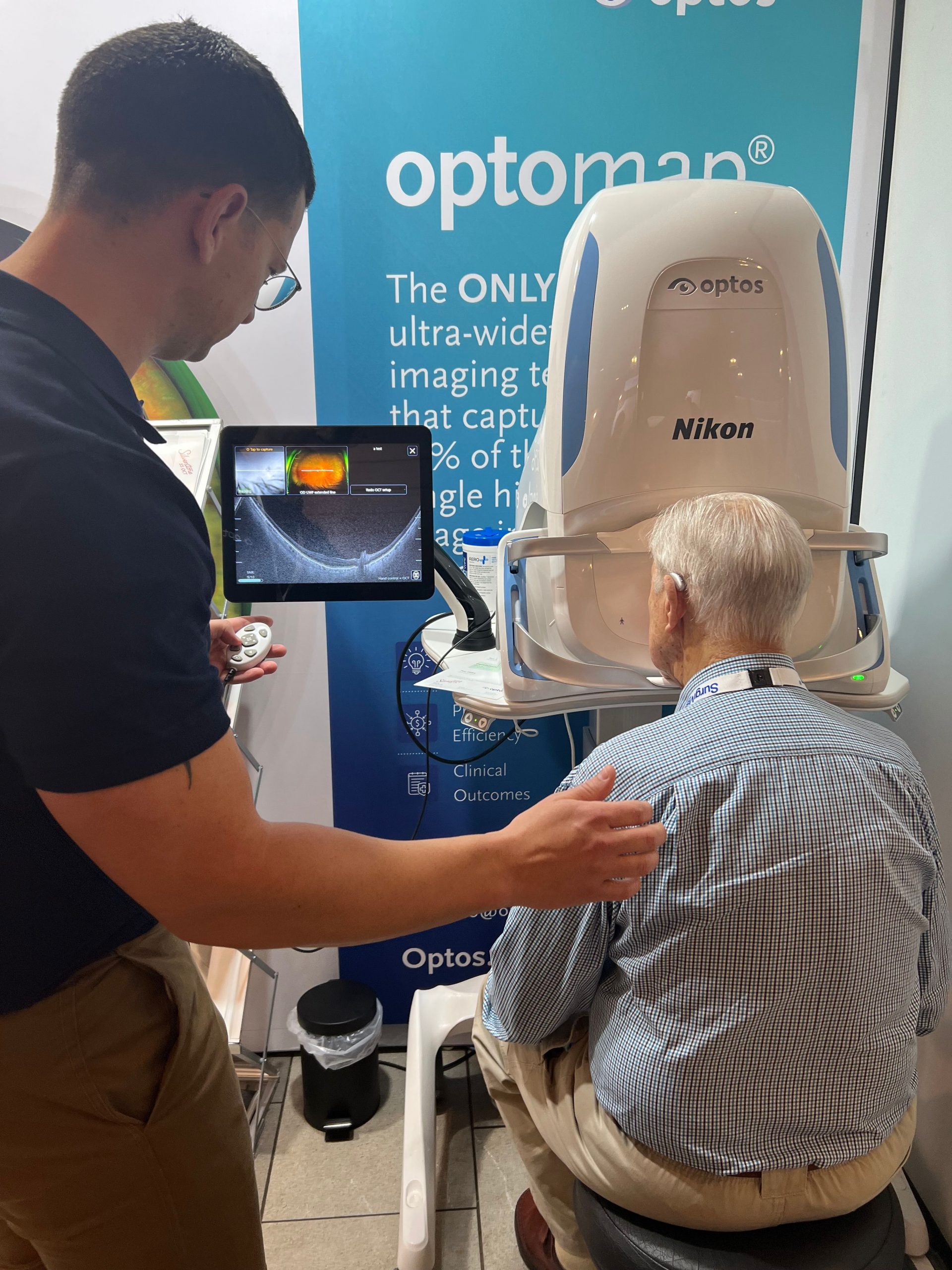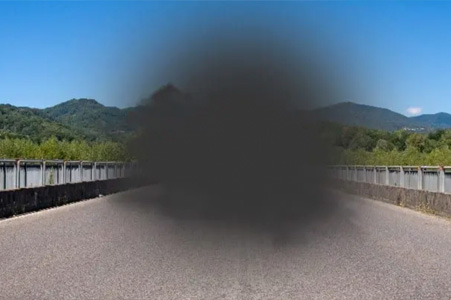Macular Hole
Your guide to macular hole causes, symptoms and treatments.
What is a Macular Hole?
The macula is located in the center of the retina and controls our central vision. A healthy, functioning macula is crucial for tasks like seeing fine detail, reading small print, driving and recognising faces.
A macular hole is a defect in the macula that compromises central and detail vision. As the macular hole forms and develops, it can cause blurriness, distortion and/or dark spots that appear in the central visual field.
If the symptoms of a macular hole sound familiar, it is because they are very similar to the symptoms of age-related macular degeneration. The knowledgeable ophthalmologists and retinal specialists at The Eye Health Centre understand the difference between the conditions and can provide the appropriate treatment solutions.


What are the symptoms of a Macular Hole?
A macular hole is a break or opening in the macula. It occurs due to a problem with the vitreous, the gel-like substance filling the inside of the eyeball. Usually the vitreous is loosely attached to the retina. But around middle age, it shrinks or thickens, and can stick to the retinal and macular tissue. If the eye moves and the vitreous tugs and pulls away a small portion of tissue, it can create a macular hole.
Macular holes can also develop from a traumatic injury to the eye.
Some macular holes are very small and cause slight vision loss (if any). The larger the hole gets, the more likely it is to cause central visual impairment. Straight lines can start to appear wavy and activities like reading, driving or recognizing faces may become more challenging. The most serious macular holes can lead to retinal detachment, which is a serious and sight-threatening condition requiring immediate medical attention.
What causes a Macular Hole?
Macular holes are most likely to affect individuals over the age of 60, and are more common in women than men.
The following factors may increase the risk of getting a macular hole:
- History of retinal detachment or retinal tear
- Pre-existing diabetes
- Retinal venous occlusion (i.e., obstruction of the tiny veins of the retina)
- Eye inflammation
If one eye develops a macular hole, there is a 5 to 15 percent chance the other eye will develop one, too.
How we diagnose a Macular Hole
Diagnosing a macular hole involves a comprehensive eye exam and the use of optical coherence tomography (OCT). This non-invasive imaging technology scans the back of your eye so our doctors can closely evaluate your macula.
OCT may also be used to help monitor a macular hole over time.
How we treat Macular Hole
Treatment for a macular hole depends on its size and location.
Vitrectomy
One of the most common treatments for macular holes is vitrectomy, a surgical procedure to remove the vitreous tugging on the retina and replace it with a gas bubble. The bubble holds the edges of the hole in place until it heals. Vitrectomy is usually performed as a day surgery, so it does not require a hospital stay.
Monitoring Small Macular Holes
The smallest macular holes may not require any treatment at all, as about half of them close on their own. Our doctors may recommend a “wait and watch” approach and monitor the progression of the macular hole over time.
Do you have a question or concern about your eye health? To discuss your condition with an experienced ophthalmologist or optometrist, please contact The Eye Health Centre

